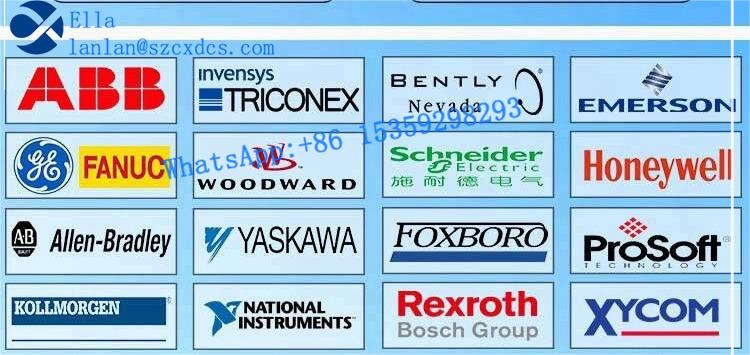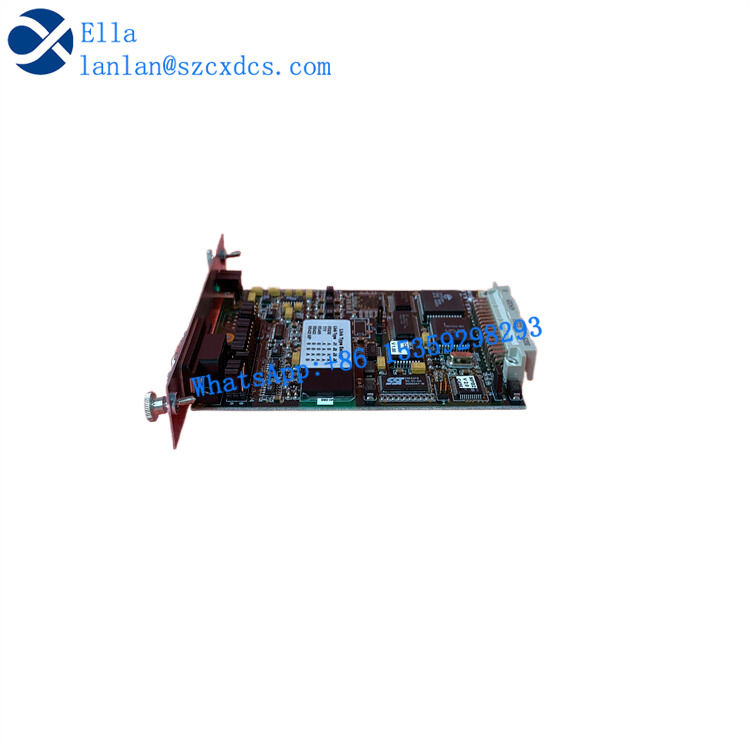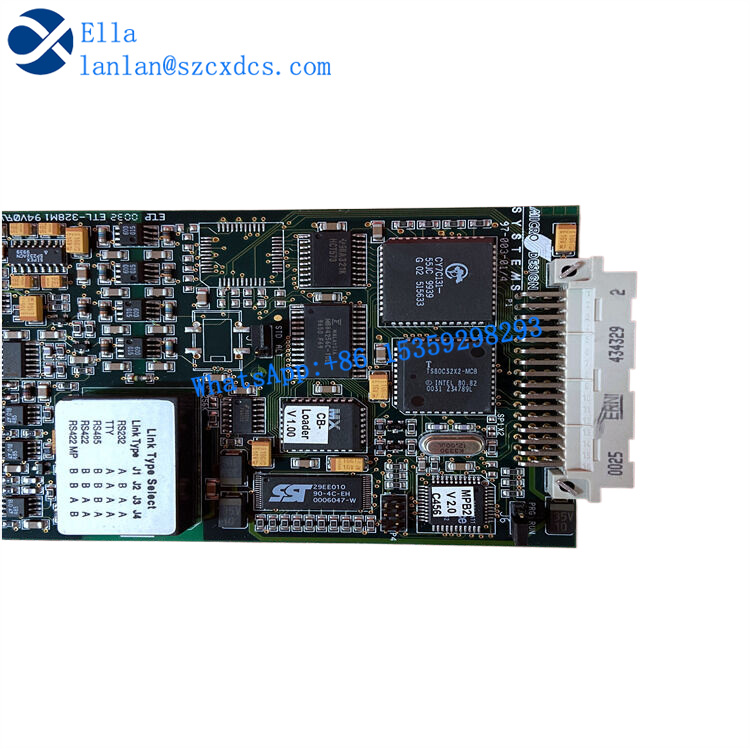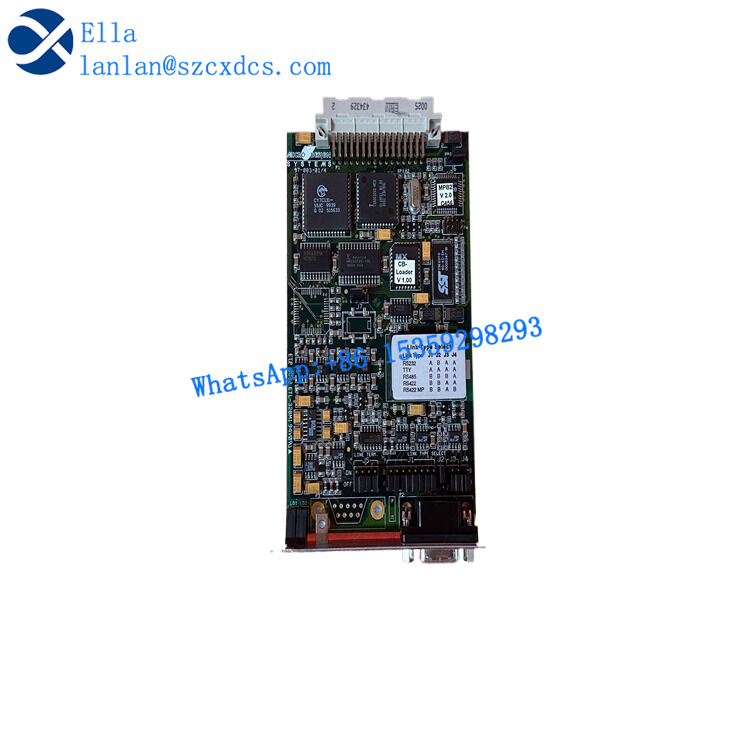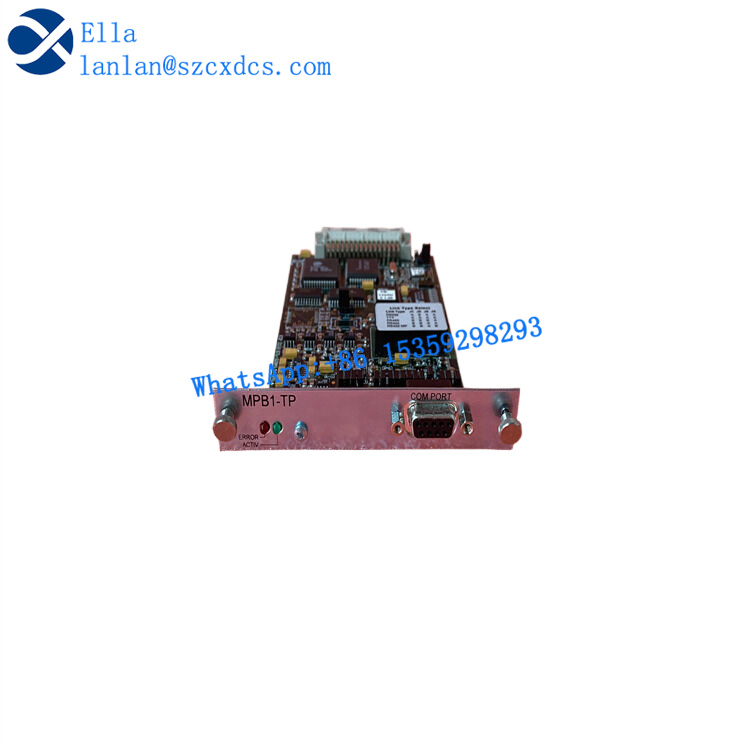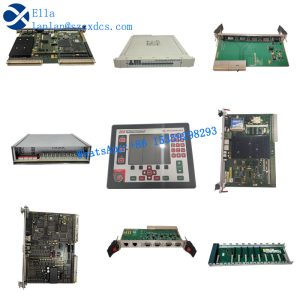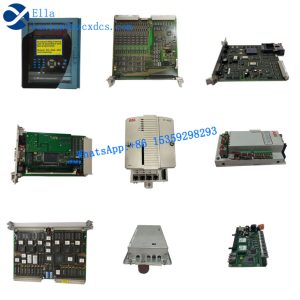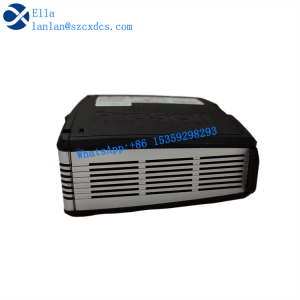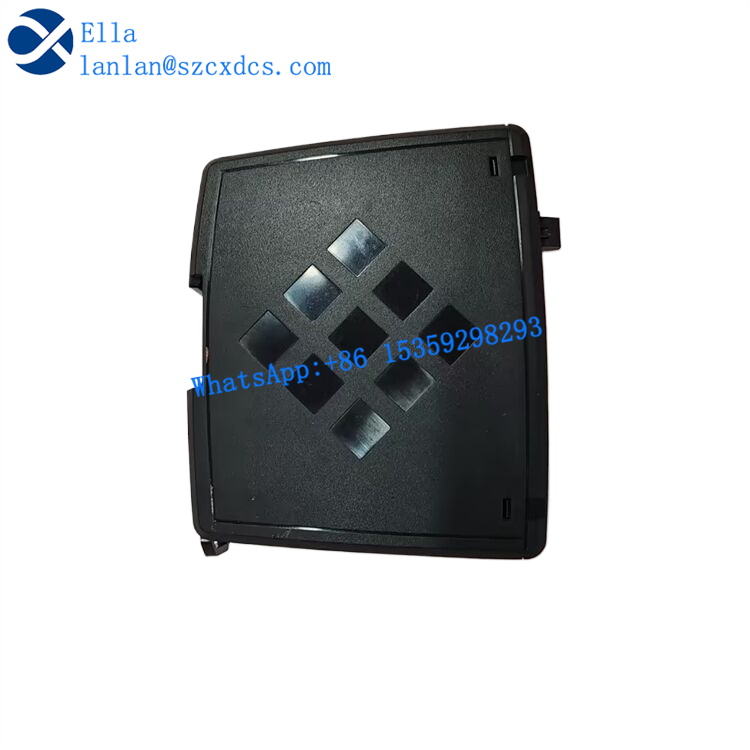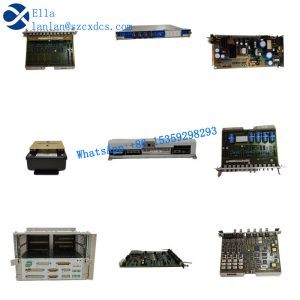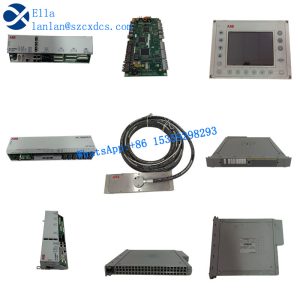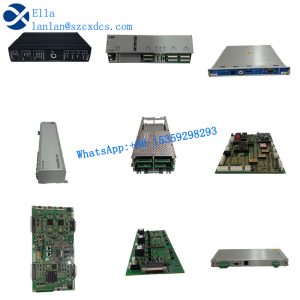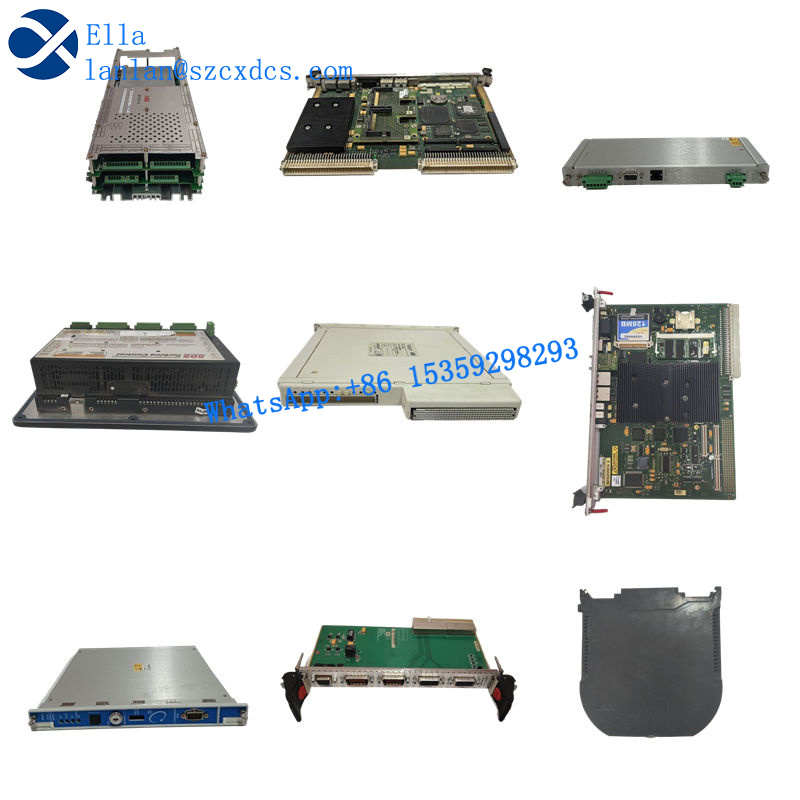For several years, CHANGXIN have specialized in trading high-quality components in the field of industrial automation.
Focusing on PLC components, DCS and CNC technology, and drivetechnology
EATON MPB1-TP Digital Input Module
| Brand: EATON |
| Part number: MPB1-TP |
| Origin: United States |
| Minimum order quantity: 1 |
| Guarantee period: one year |
| Delivery time: 3-5 days after payment |
| Delivery methods: EMS, FedEx, Debon |
| Condition: In stock, brand new |
| Payment method: T/T, PayPal, Western Union remittance |
+86 15359298293
EATON MPB1-TP Digital Input Module
Digital input module: MPB1-TP is commonly used as a digital input module and is mainly used in industrial automation and control systems. It can receive digital signals, such as switch status or sensor signals, and transmit them to the control system for monitoring and control.
Communication module: At the same time, MPB1-TP is also used as a communication module, mainly used in Eaton’s power management products and solutions to achieve data communication, monitoring, and control functions. This communication module is typically used in conjunction with power equipment, distribution equipment, or power monitoring systems, supporting real-time data exchange and monitoring.
Communication interfaces and protocols: The MPB1-TP communication module may support multiple communication interfaces, such as Ethernet, Modbus, Profibus, CAN, RS-232, RS-485, etc., for data communication with other devices. In addition, it may also support multiple communication protocols, such as EtherNet/IP, to meet the needs of different application scenarios.
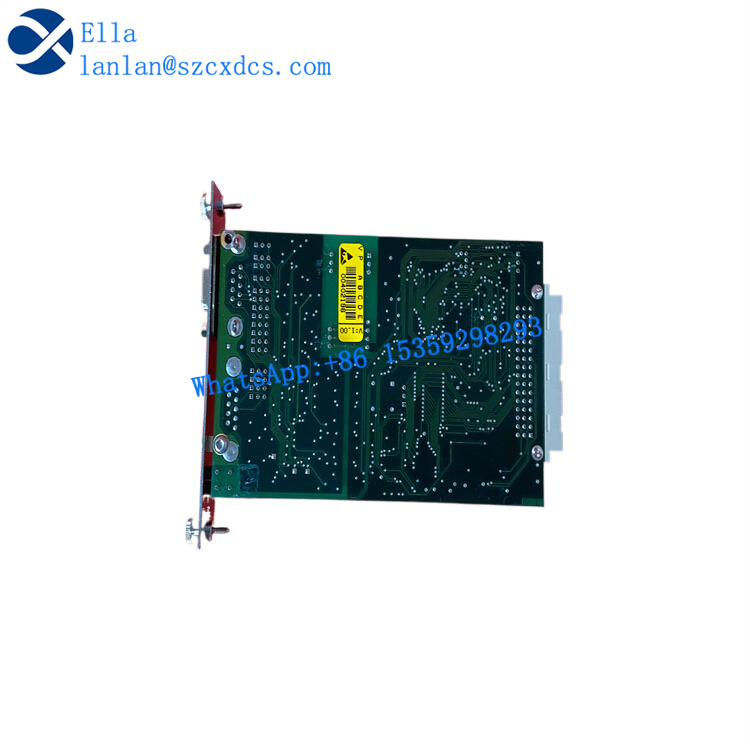
Data communication and remote monitoring: The MPB1-TP module is usually used to achieve data communication to monitor the status, performance, and usage of power equipment, and transmit data to the monitoring system. At the same time, it also supports remote monitoring function, allowing users to monitor and control the operation status of power equipment from a remote location.
Data integration and scalability: MPB1-TP typically allows for the integration of data from power equipment into larger power monitoring systems to achieve comprehensive power management and automation control. In addition, it may also support multiple expansion options to meet different application requirements.
